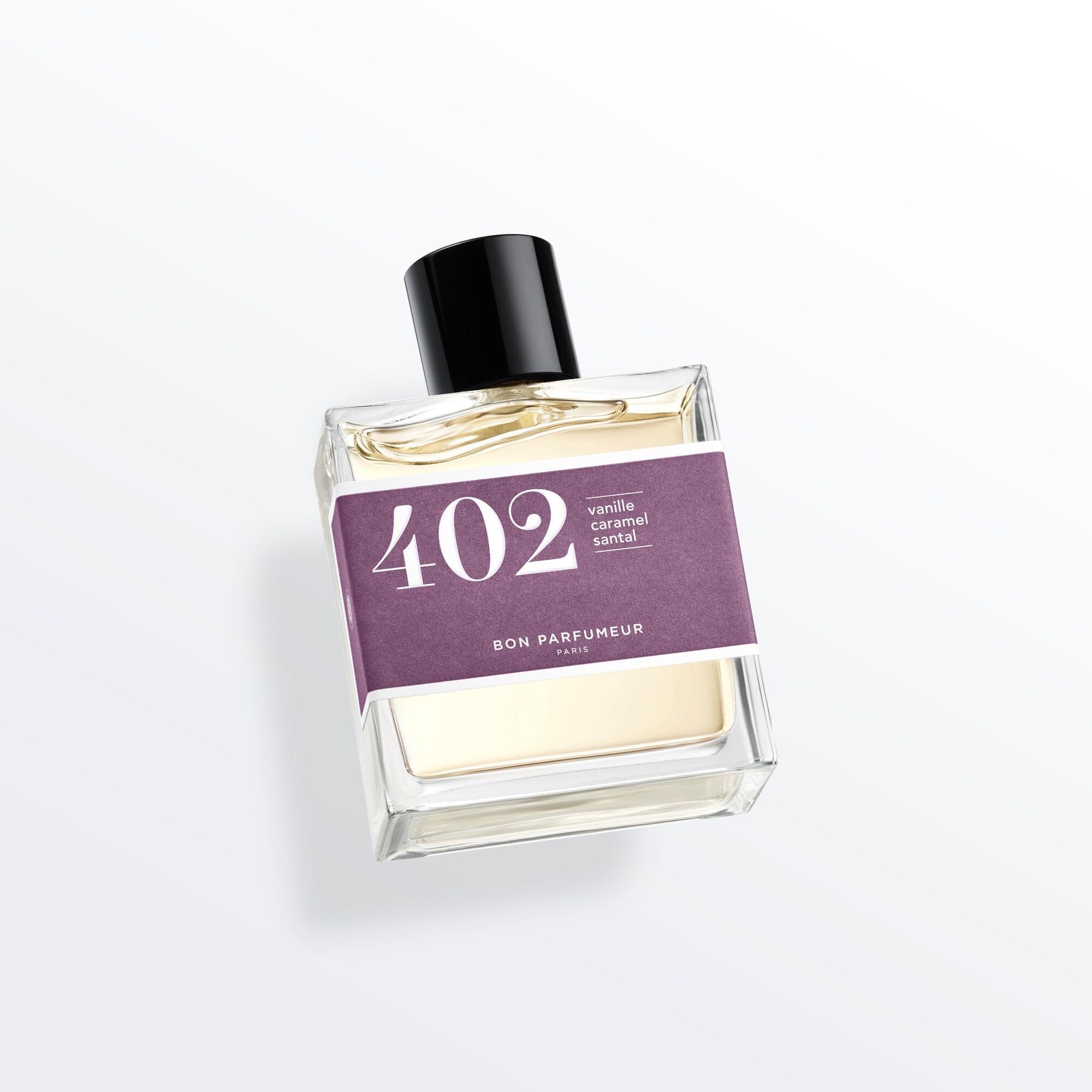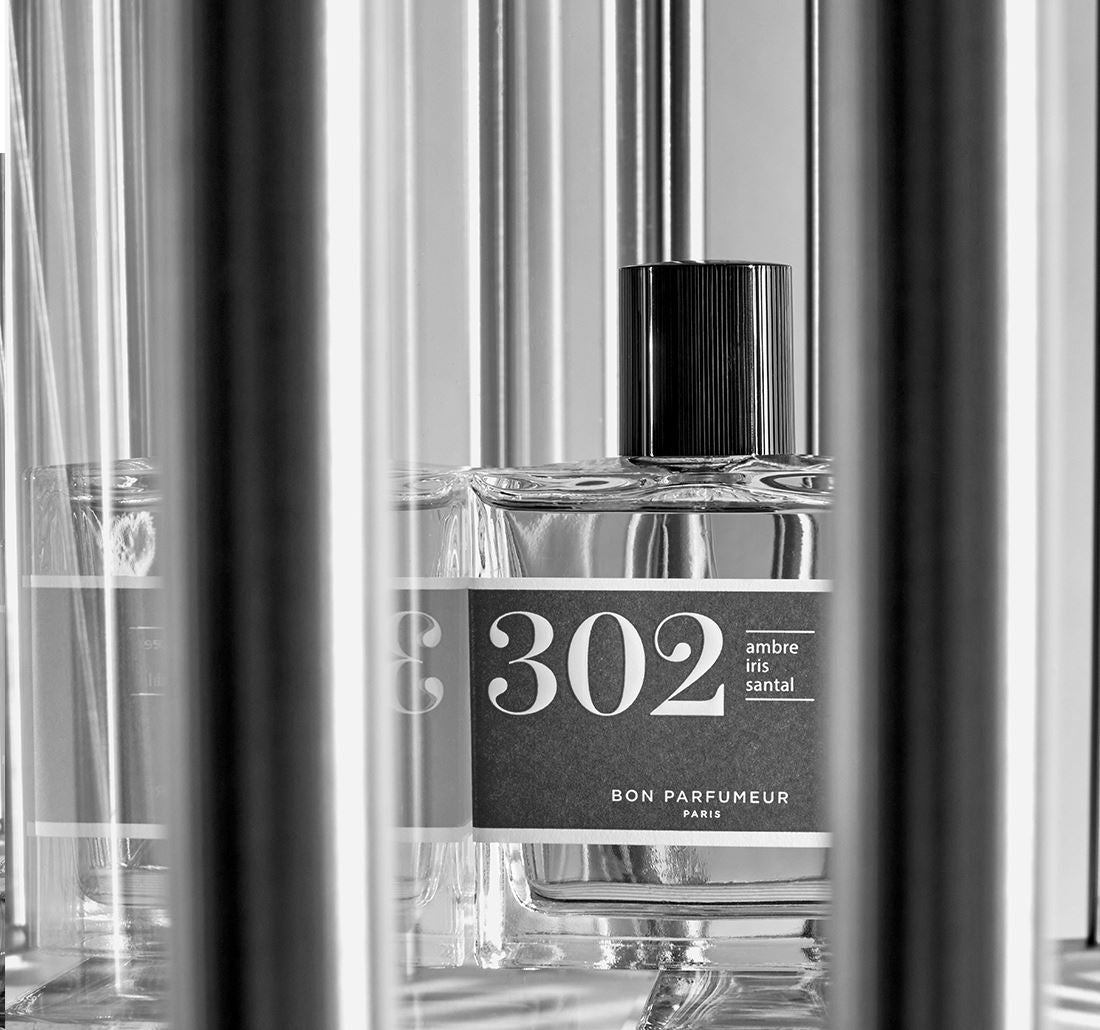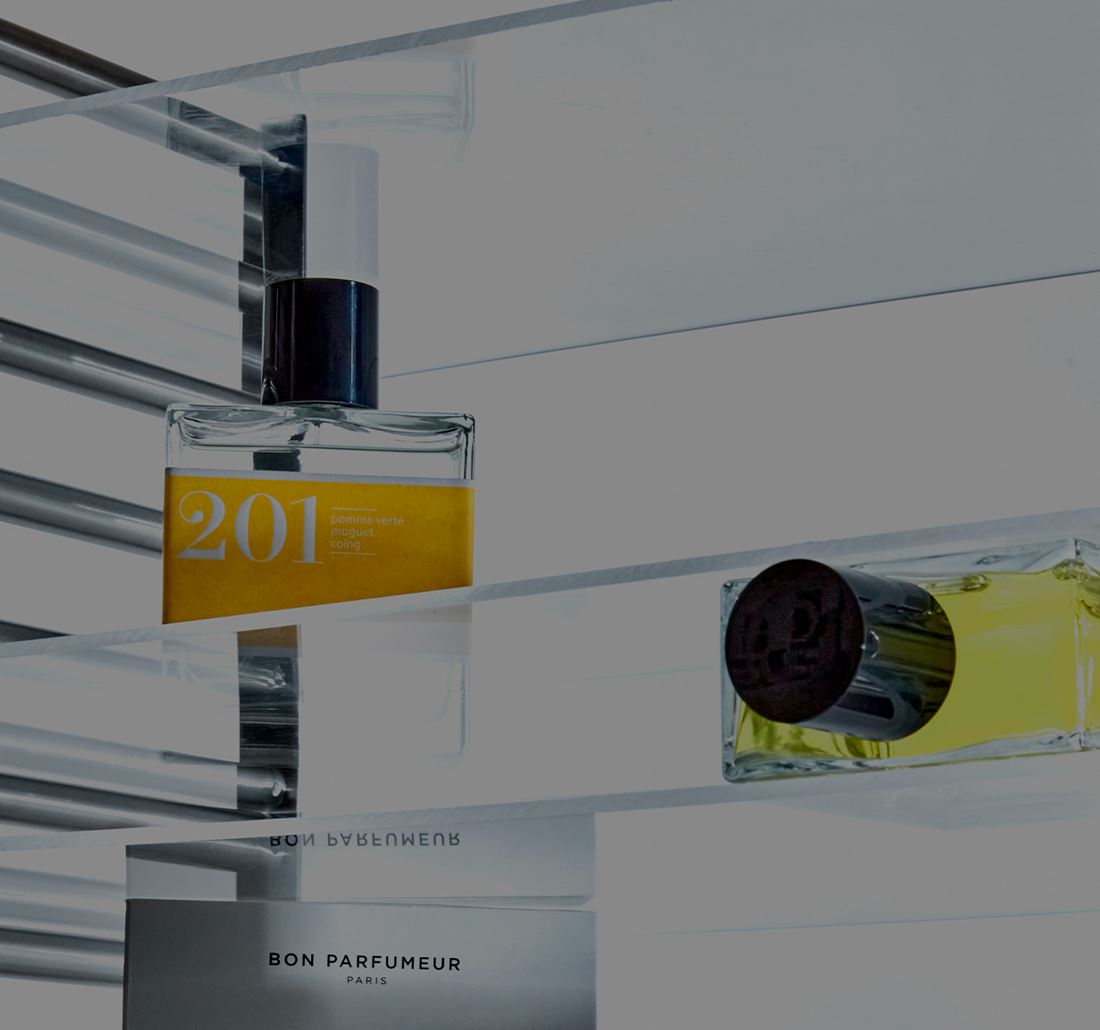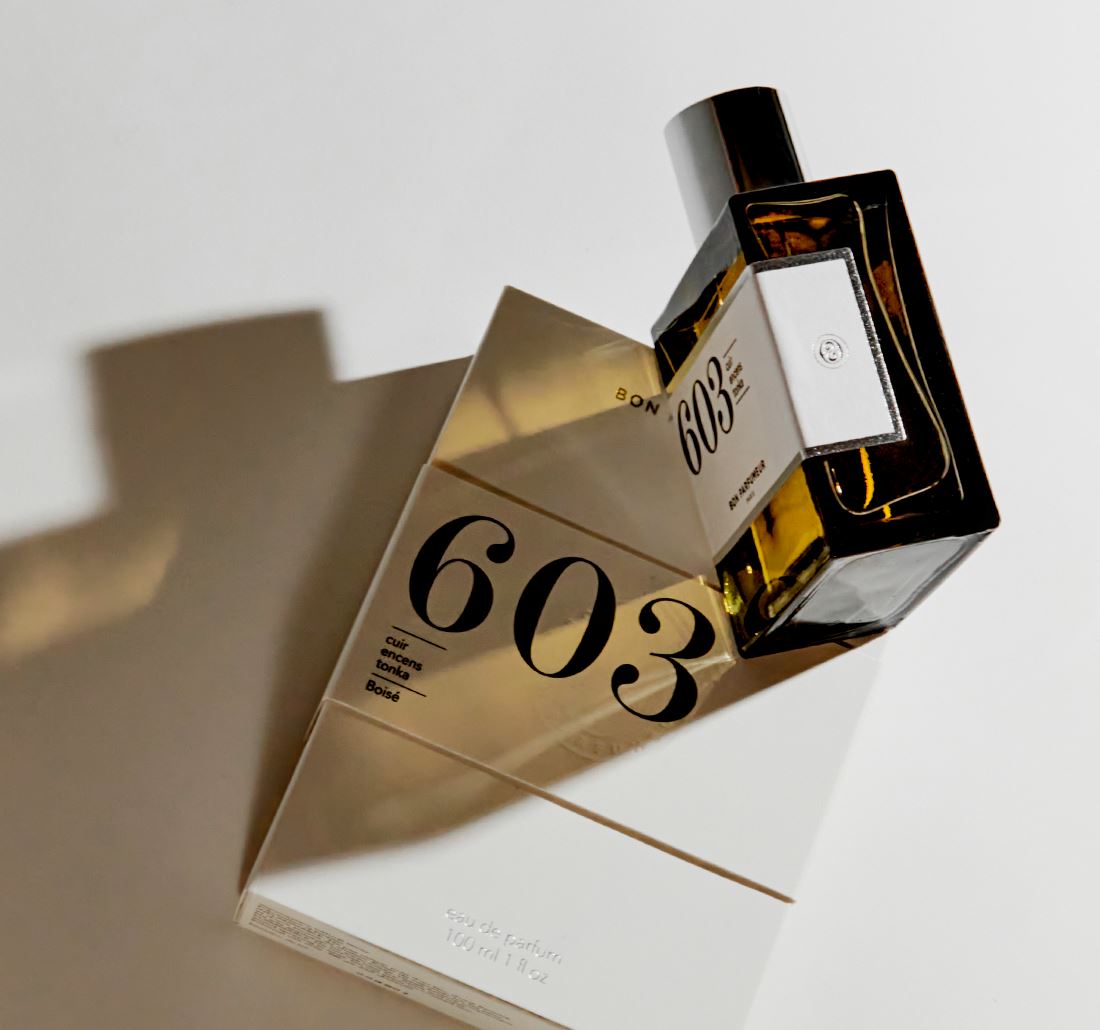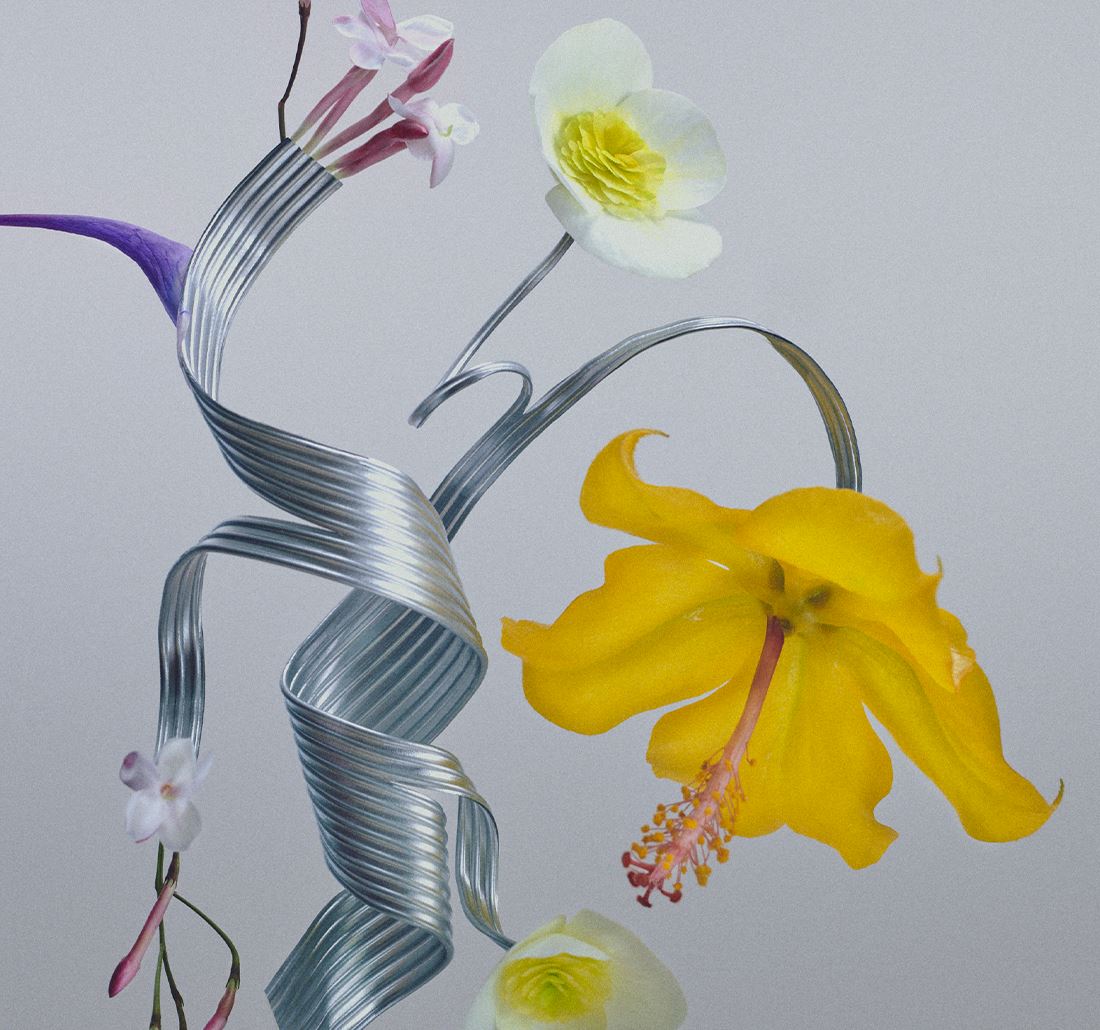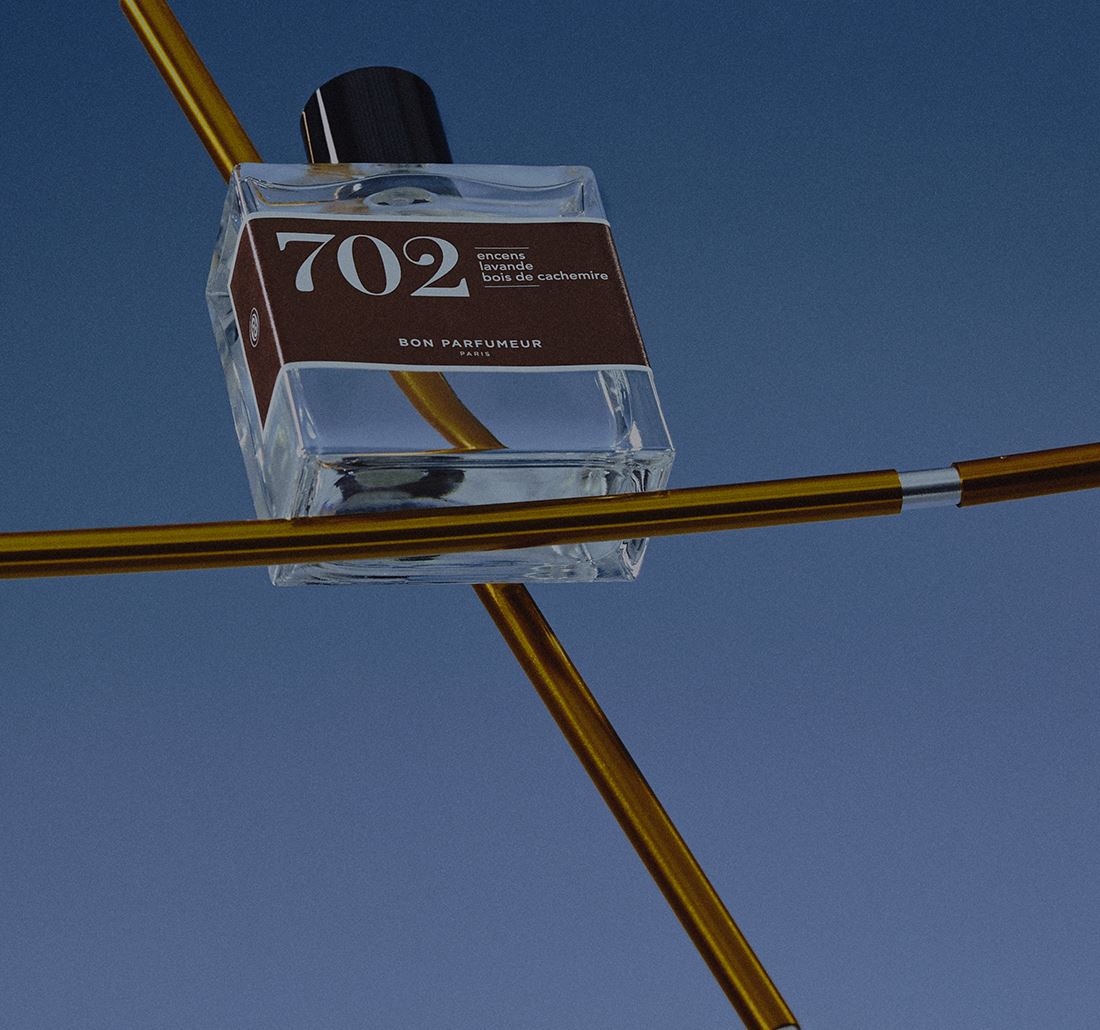SUMMARY
01. How does fragrance extraction work?
02. Which plants can be used for extraction?
03. What temperature is required for fragrance extraction?
Fragrance extraction is a relatively recent manufacturing technique used in perfumery to make perfumes: it was the subject of experimentation for a long time, but was fully developed in the 19th century. So how does it work? And why is it popular today?
How does fragrance extraction work?
Fragrance extraction is often the most popular method to capture the fragrance of certain plants, particularly the most delicate ones. It’s one of the techniques we use at Bon Parfumeur. Let’s take the Damask rose as an example. The petals are picked, then put on wooden boards which are immersed in a tank containing a solvent. The choice of solvents varies, depending on the chosen plant. The boards are then removed and the volatile solvent evaporates naturally. A waxy substance appears, the “concrete”: this is then filtered and separated from the scented particles. The only thing that’s left is the rose absolute, a concentration of the flower’s fragrance in liquid form, without any trace of the solvent. You can enjoy its fragrance as a heart note in Perfume 101 by Bon Parfumeur.
Which plants can be used for extraction?
When using hexane as a solvent for fragrance extraction, fragile plants such as flowers are often used to extract the essential oil. Ethanol works best with drier materials such as rubbers and resins.
The fragrances of rose, jasmine, tuberose, daffodil and orange blossom can all be extracted, along with violet, sage and even tree moss. You’ll find these fragrances in our perfumes: there are jasmine heart notes in Perfume 103 and you’ll love the Spanish labdanum absolute in the base notes of Perfume 401.
What temperature is required for fragrance extraction?
Every plant has its own specific requirements: the extraction process is not carried out in cold temperatures, but the temperature varies depending on the flower or resin being processed. The mixture or the plant material is heated to around 30°; for the fragrance extraction of certain plants, the temperature can go up to 100°, depending on the plant and the solvent used.
There are many other perfume manufacturing processes that are highly appreciated, but some of which are no longer used, such as enfleurage. Find out how expression, steam distillation, headspace technology and carbon dioxide extraction create perfumes today.

